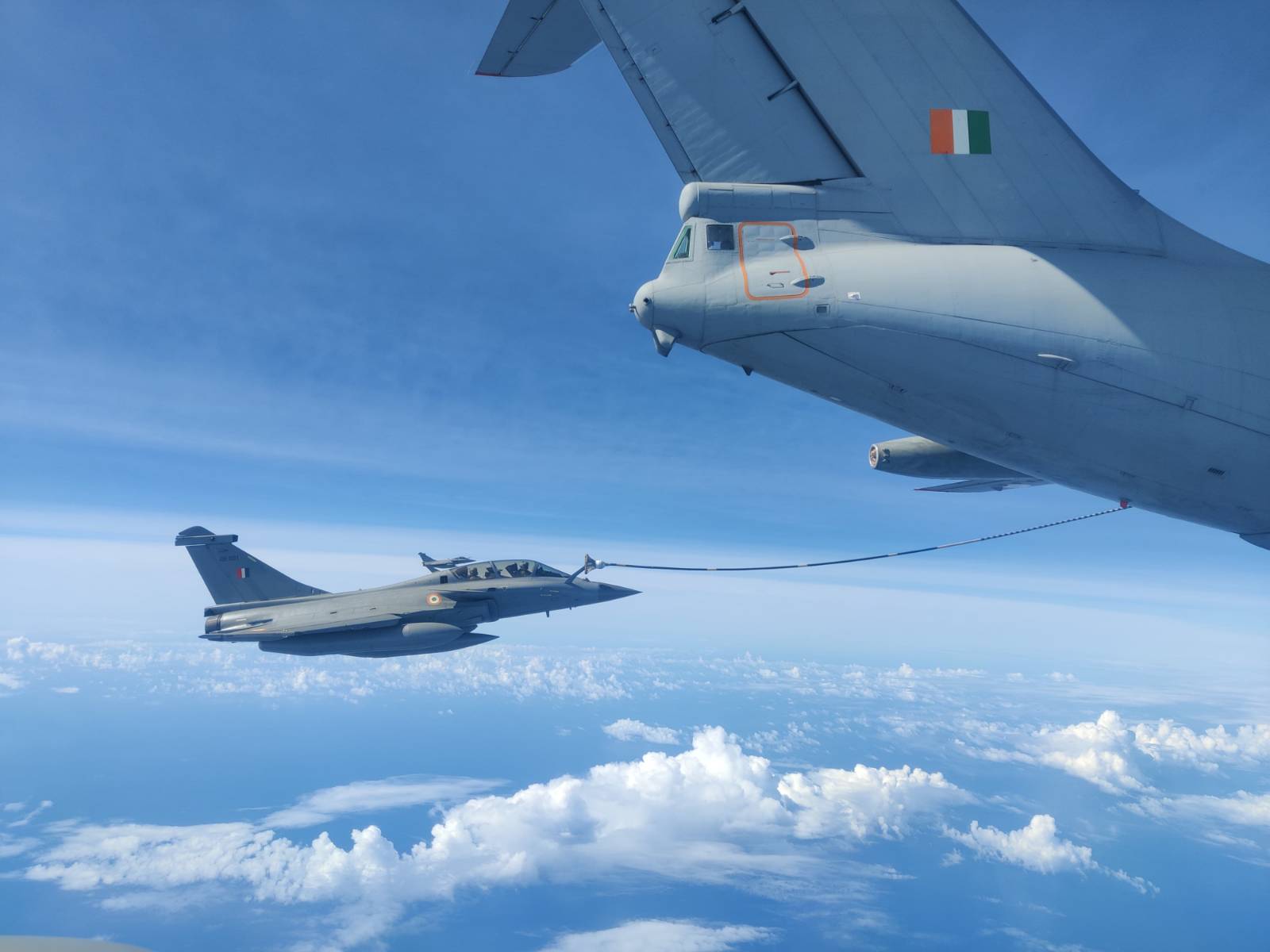SOURCE: AFI

In a recent development, eight Indian Air Force (IAF) Rafale fighter jets arrived at Eielson Air Force Base in Alaska for a joint combat simulation exercise. This deployment has drawn the attention of military analysts, with many believing it to be a veiled response to the ongoing tensions between India and China.
The simulated air combat scenario reportedly pits the Rafale against the American F-35 stealth fighter, acting as a stand-in for the Chinese J-20. This simulated matchup provides a valuable training opportunity for Indian pilots, allowing them to gain insights into the capabilities of the J-20, a fighter jet frequently deployed by China along the disputed Sino-Indian border.
While the F-35 is a multirole fighter, the J-20 is specifically designed for air superiority. Despite this difference, the Rafale is no pushover. Its advanced avionics, electronic warfare suite, and highly trained pilots make it a more than capable adversary. This simulation exercise will allow the IAF to assess the Rafale’s strengths and weaknesses against a potential adversary in a realistic combat setting.
The outcome of this exercise is likely being closely monitored by both India and China. The learnings gleaned from this simulation could prove crucial in the event of a real-world confrontation.